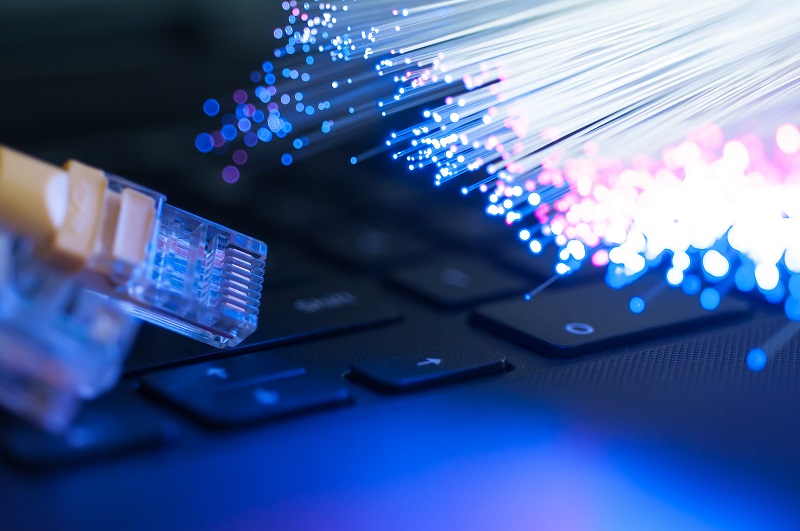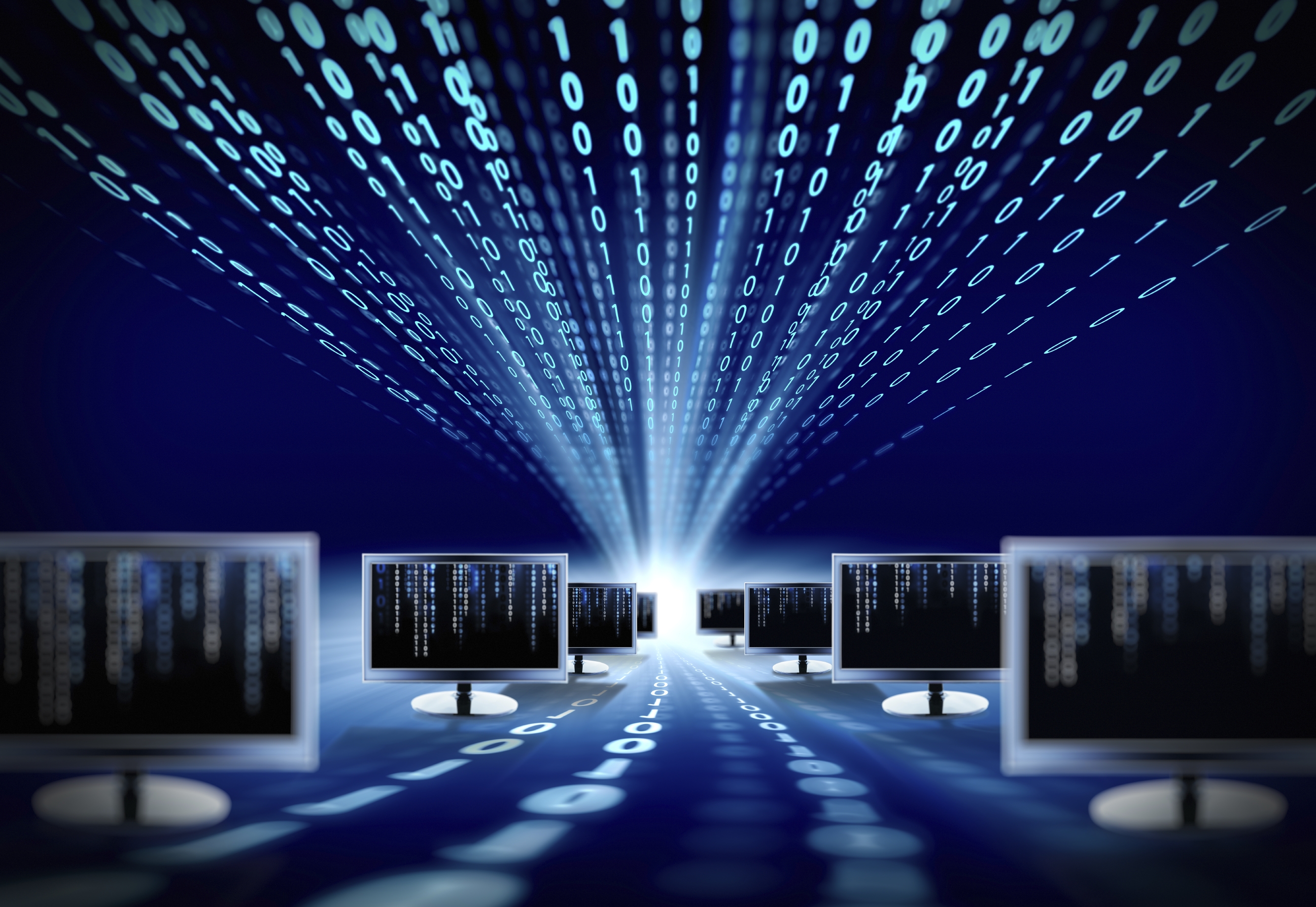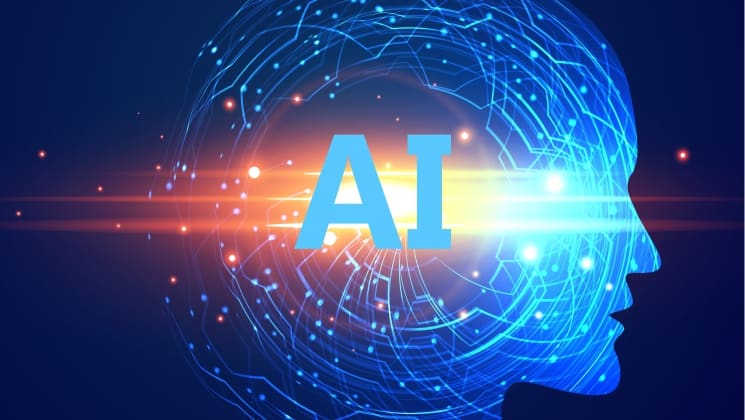FIBER VS CABLE CONNECTION: WHICH IS BETTER?
Staying connected in our world is now more challenging. Not only will you be choosing between providers for your internet privileges and rights, but you have to also know the technology that powers them. DSL, Satellite, Fiber optics, and cable are the options available for the same. Keeping track of the differences can be a difficult process. In this post, we will reveal which one is better between fiber and cable internet, but first, we have to look at the differences between them.
Fiber optics technology uses small flexible strands of glass to transmit information or data as light. These strands are covered in a bundle and protected with layers of plastic, making fiber faster and giving it the ability to travel great distances.
Cable internet transmits data via electricity. It uses coaxial cables to transmit data. Coaxial cable is a copper core insulated with aluminum, a copper shield, and an outer plastic layer.
REACTION TO WEATHER CHANGES
Coaxial cables can be affected by weather events (like extreme cold, storms, etc.) and electromagnetic interference than fiber optics because it uses electric signals.
DISPARITY IN QUALITY
Fiber optics services generally offer better quality because fiber is faster than cable internet. Fiber has a speed range from 250Mbps to 1000Mbps.
Cable Internet network typically offers download speed range from 10Mbps to 200Mbps. Although upload speeds are a fraction of those numbers.
AVAILABILITY
You’re far more
likely to find cable internet networks than fiber internet networks because
building fiber technology is a long, expensive process.
IS FIBER OR CABLE CONNECTION THE BEST
FOR YOU?
For most people, cable internet speeds can support a full household of internet users. Fiber optics speeds are likely more than most people need now.
But we will leave you to decide which connection fits your internet needs.







